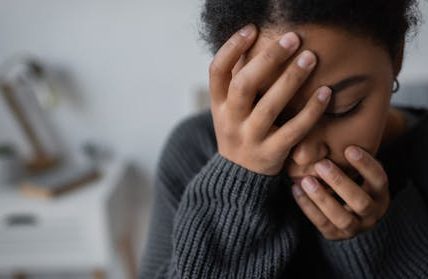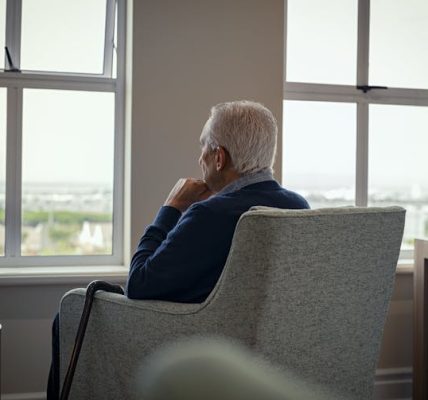Blinding lights: the hidden science behind gambling’s glow
There’s a reason casinos rarely have windows or clocks, they’re engineered to make you lose track of time. But what if it’s not just time you’re losing? New research suggests that the lighting used in gambling environments could be quietly altering how we make decisions, making us more prone to take risks.
The colour of the lights surrounding us can do more than just set the mood. It can shape our behaviour.
The new study from researchers at Flinders University in Australia found that blue-enriched lighting (the same cold, bright hue used in many modern LED lights and digital screens) can reduce a gambler’s sensitivity to losses. In a controlled experiment, participants exposed to this kind of light took riskier bets and responded less emotionally to losing.
The researchers believe this change in decision-making is rooted in our biology. The human body is sensitive to different wavelengths of light, not just for vision but also for regulating our internal clocks and emotional states. Blue light in particular has been shown to suppress melatonin production, a hormone which signals to the body it’s time to prepare for sleep.
Get your news from actual experts, straight to your inbox. Sign up to our daily newsletter to receive all The Conversation UK’s latest coverage of news and research, from politics and business to the arts and sciences.
Research has also shown blue light can increase alertness and influence brain areas tied to reward and motivation by stimulating the neural circuits involved in anticipation and decision-making. In the case of gambling, this heightened arousal might dampen our natural aversion to loss, even when the odds are stacked against us.
Light can influence us in many other surprising ways. Studies have shown that cooler, blue-toned lighting can enhance cognitive performance and alertness during the day, which is why it’s often used in offices and classrooms. Warmer lighting is more relaxing and is typically recommended by sleep scientists and health professionals for evenings to promote better sleep.
Blue light can make you less sensitive to losing.
Joshua Resnick/Shutterstock
Retailers, too, have long exploited the psychological effects of lighting, using bright, targeted lighting – often in the form of spotlighting or high-intensity LEDs – to draw attention to products.
The colour and intensity of lighting can also affect consumers’ perception of value and attractiveness. This encourages spending by increasing visual salience, making a product stand out more and grab your attention, and creating a more engaging sensory experience.
Specific colours of light seem to have an array of effects in different environments. Red lighting may have effects which increase appetite. This is possibly because it stimulates the sympathetic nervous system, which is associated with arousal and physiological readiness. Meanwhile studies suggest green light may reduce pain and light sensitivity for migraine sufferers.
But lighting is only one half of the sensory equation in casinos. Sound design plays a major role in immersive gambling environments. Upbeat music can make people less risk-averse by speeding up decision-making and creating a sense of urgency.
Jingles and celebratory sounds serve as auditory rewards, reinforcing positive feelings even in the absence of a financial win. When players lose, slot machines often produce celebratory sounds and flashing lights, creating what researchers call a “loss disguised as a win”. This sensory mismatch tricks the brain into thinking it’s succeeding, distorting our ability to assess risk or stop playing.
In gambling environments, red light combined with casino‑style sounds has been shown to eliminate the usual cognitive slowdown after losses during decision-making tasks, leading players to make faster choices without the normal pause for reflection.
A 2018 study showed that flashing animations and vivid colours can increase arousal and attention, making gambling more stimulating and immersive. This, in turn, delays self-regulation and increases time spent gambling. In effect, your surroundings are constantly nudging you to stay, to play, and to believe the next win is just around the corner.
As gambling moves increasingly online, these principles are being translated to digital platforms. Online slot games often use flashing animations, vivid colours, and background music that mimic the ambience of a physical casino. The blue light emitted from screens can be just as stimulating – especially late at night – potentially exacerbating the effects seen in the Flinders University study.
Online and mobile gambling uses these techniques to keep you playing too.
Marko Aliaksandr/Shutterstock
If subtle changes to lighting can lead to riskier decisions, then regulating these features might help promote less harmful gambling behaviour. For instance, encouraging warmer lighting in gambling venues or digital settings could help prevent excessive play.
The lights and sounds that surround us in these environments aren’t just decoration. They’re carefully designed to heighten arousal, dull sensitivity to losses, and encourage riskier decisions.
Our responses to colour, brightness and sound happen at a subconscious level, meaning even informed players can still be swayed by them. Reducing your device’s screen brightness, using blue light filters at night, or turning off in-game sounds can help counteract some of these psychological effects for online gambling.
But meaningful change will probably require policy intervention that treats environmental design not as a neutral backdrop, but as a powerful behavioural influence – one that should be shaped with responsibility to the wellbeing of the consumer, not just profit, in mind.
If you believe your or someone else may benefit from support with gambling behaviour, please access the International Support Contact for your jurisdiction or GamCare for UK specific support.
In the last three years, Dr Glen Dighton has received funding from Bristol Hub for Gambling Harms Research, and an honorarium from Greo Evidence Insights for grant-proposal review




